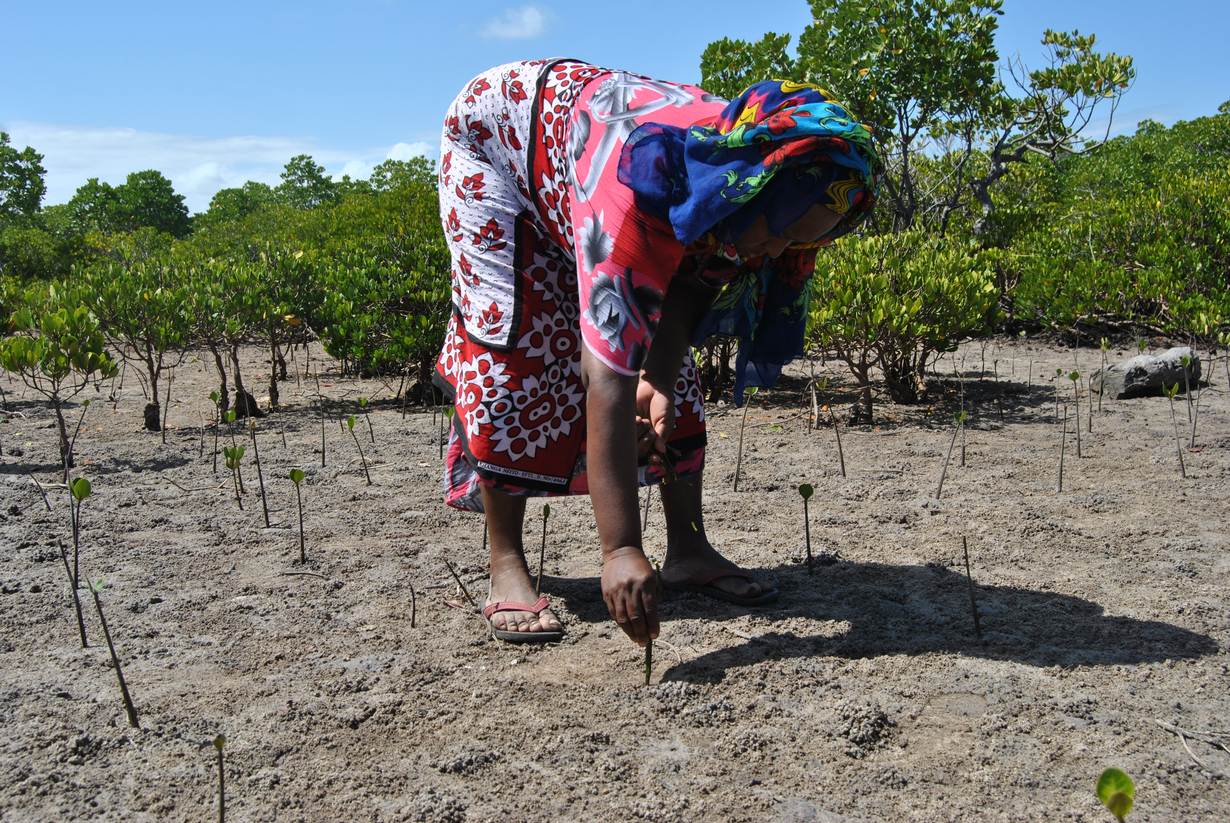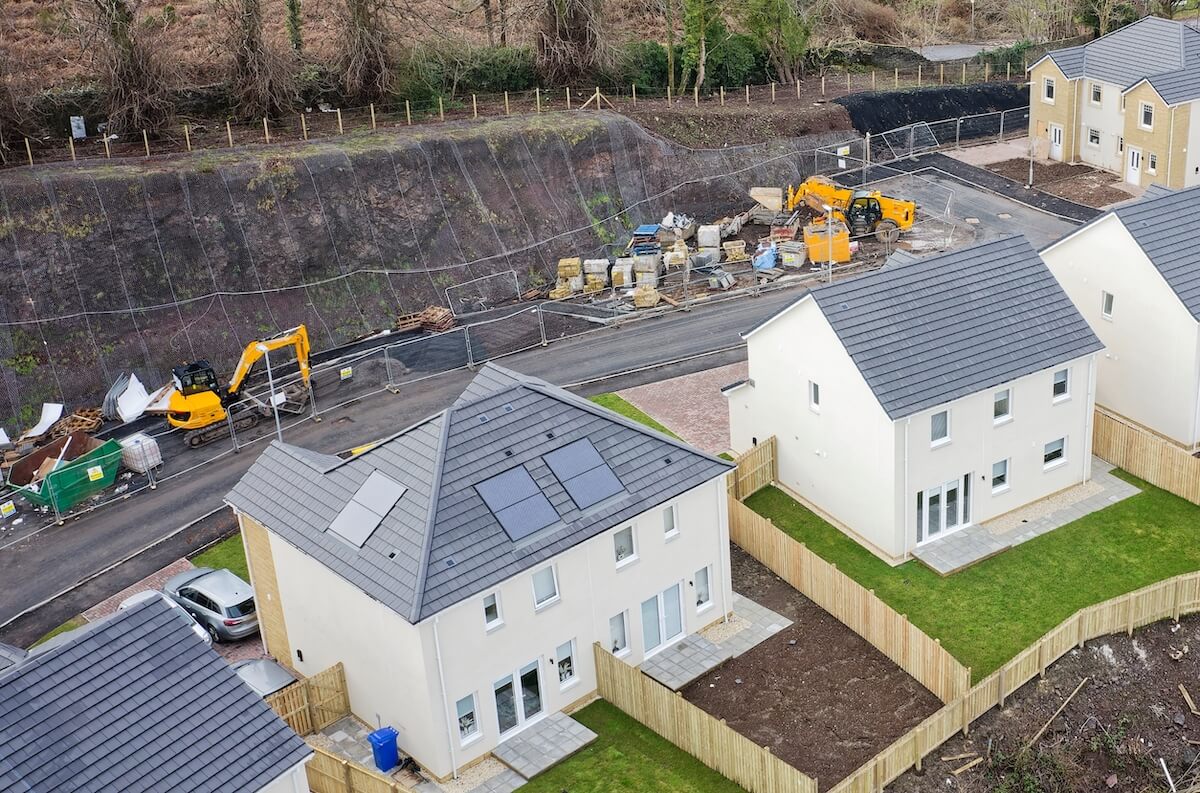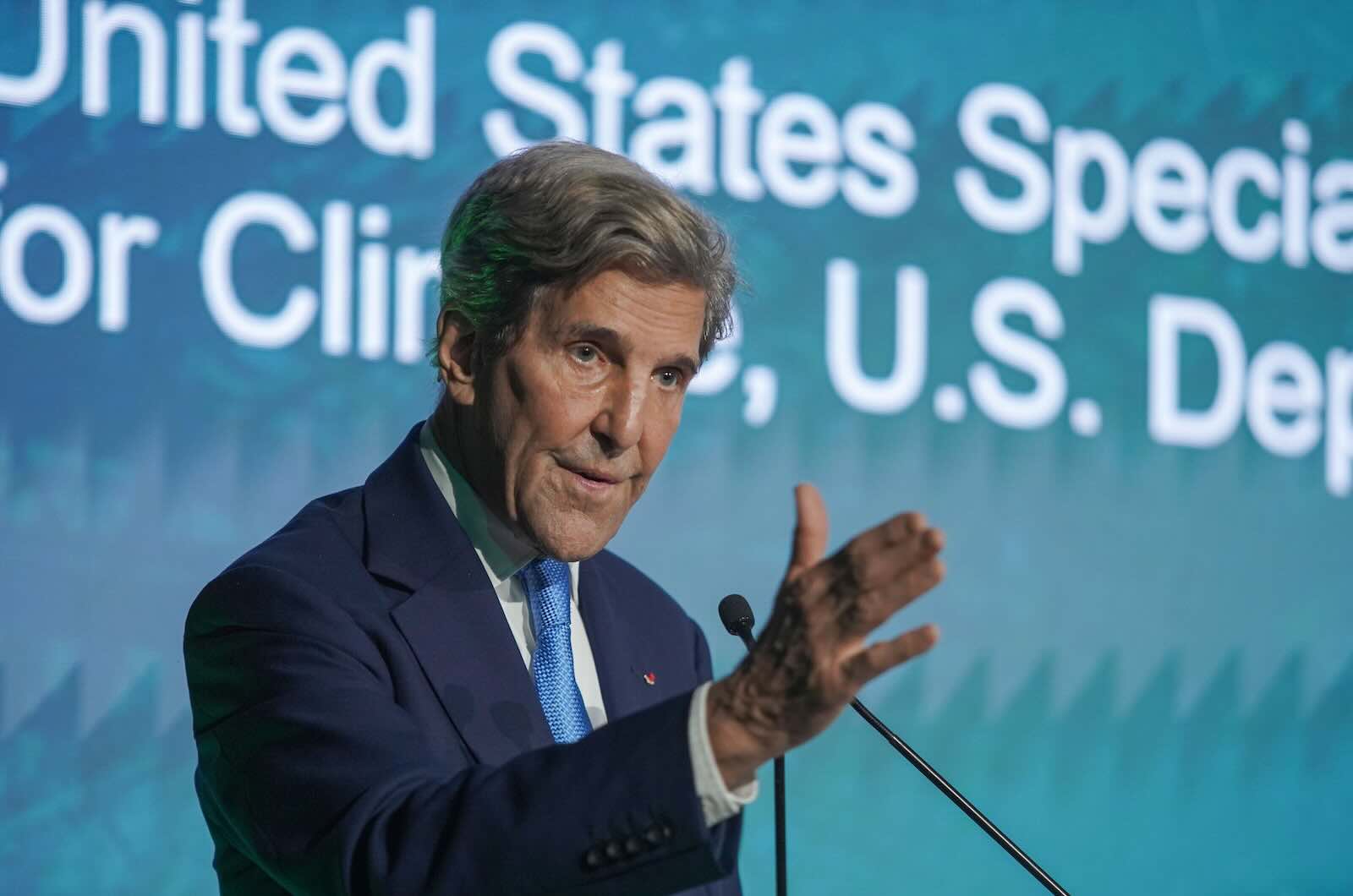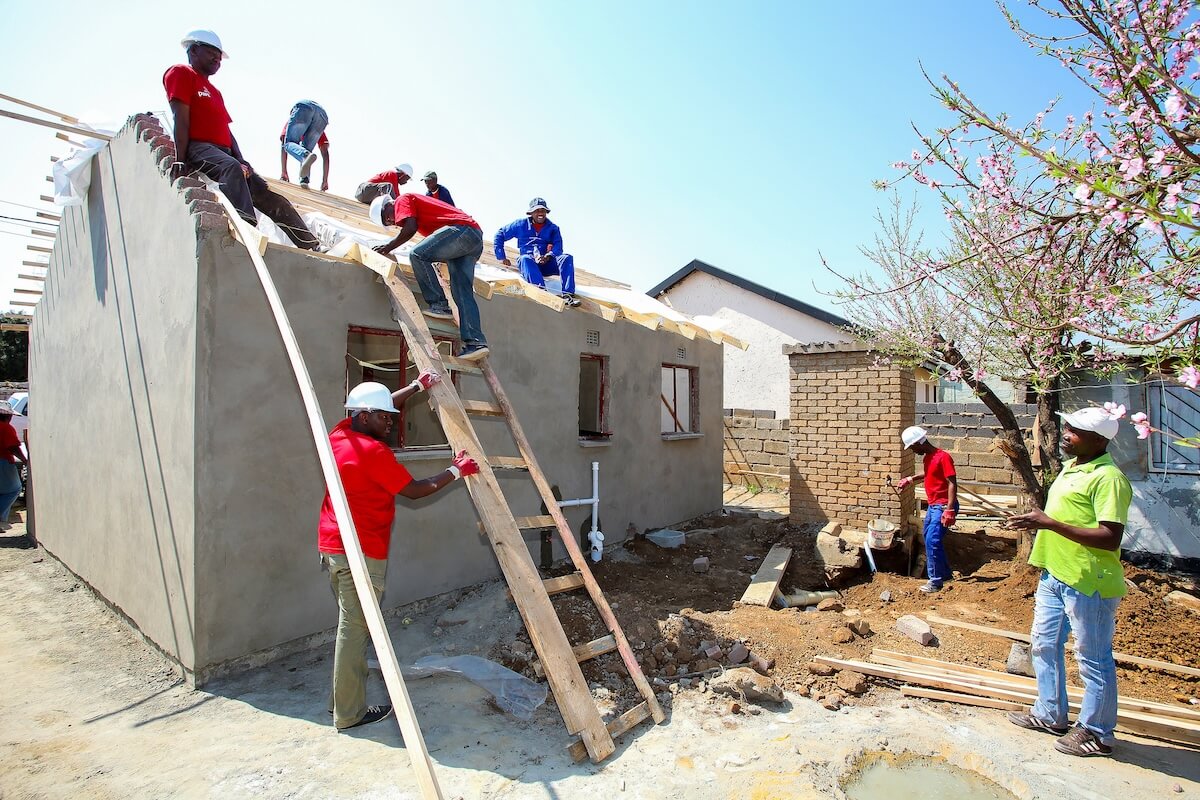As world leaders gather in New York City this week for the UN General Assembly and New York Climate Week, investors and funders should brace themselves – and their ears – for a phrase that will become increasingly prominent in the discourse on climate change: “nature-based solutions.”
In fact, the week will serve merely as an overture: the term will likely become a steady drumbeat leading up to the United Nations Climate Change Conference, or COP28, in the United Arab Emirates this November.
Shortly after COP27 in Egypt last year, one headline declared: “No one knows what ‘nature-based solutions’ are.” To the scientists who developed the concept, the headline was jarring – and some, rightfully so, took offense. But, to be fair, the article diagnosed a common confusion: What exactly does the phrase mean, anyway? Case in point: In my native language, Arabic, the term does not have a direct translation.
Communication challenges like these remind scientists and policymakers that our responsibility extends beyond the mere formulation of policy; it encompasses the art of clearly conveying the idea itself. More assertive communication, however, can never be an end in itself. Instead, through improved understanding, all listeners will be inspired to take action.
I know this firsthand from my work as the UN Climate Change High-Level Champion for COP28 and President of the International Union for Conservation of Nature (IUCN). In these roles, I meet with people across the globe to cultivate backing for a comprehensive climate change strategy that includes a shift from fossil fuels towards renewable energy and the adoption of nature-based solutions.
Many of the people I meet are either hearing the term “nature-based solutions” for the first time or are skeptical that nature has a role to play in fixing a problem caused by humans. But I’ve learned lessons from my many conversations that can help policymakers – and the planet – make a more effective case.
Sustainable development
First, let’s tackle the big question – scientists define nature-based solutions as “actions to protect, sustainably use, manage and restore natural or modified ecosystems, which address societal challenges, effectively and adaptively, providing human well-being and biodiversity benefits. They target major challenges like climate change, disaster risk reduction, food and water security, biodiversity loss, and human health, and are critical to sustainable economic development.” Simply put, if we protect nature, it will protect us.
Next, effective communication requires diagnosing the problem. Transitioning to electric vehicles and renewables will only get us so far in reducing emissions and avoiding the most severe climate impacts. Since this transition will require a significant expansion of wind and solar infrastructure, as well as the mining of rare materials such as lithium, we must ensure we move forward with robust environmental safeguards to prevent the kind of harm inflicted on nature by the fossil fuels industry.
I’ve also found it helpful to clarify what nature-based solutions are not. They aren’t an alternative to direct efforts to reduce greenhouse gas emissions, nor are they a remedy for all environmental problems. Instead, they must complement, rather than replace, other strategies for fighting combat climate change – for instance, relying solely on reforestation to offset emissions from coal-fired power plants would be inadequate and misleading.
Nature-based solutions
Still, nature stands as the most effective carbon sink at our disposal today, capturing over 50 percent of emissions resulting from human activities. Through the conservation and restoration of soil, forests, and wetlands, nature can help us even more: it’s estimated that nature-based solutions implemented at scale can contribute 37% of climate mitigation efforts required by the Paris Agreement by 2030.
For the first time at COP28, countries will assess collective progress toward achieving the Paris Agreement’s key goals in what is known as the “global stocktake.” Unfortunately, it’s now clear we are lagging in meeting critical targets. Addressing these gaps will require changes not just in energy and transportation, but also in how we farm, build, manufacture, invest, and, yes, how we conserve and restore nature.
To accelerate that change, we must highlight that nature-based solutions are already helping communities adapt and build resilience. A restored oyster reef in southern Bangladesh and rejuvenated mangroves in Kenya and Tanzania are making communities more resilient to sea level rise. Replenished wetlands in Nepal are providing protection against floods and droughts while enhancing soil and biodiversity. Beavers reintroduced in the North York Moors of the United Kingdom are building dams that more effectively slow water flow than those built by humans.
I’ve seen the efficacy of nature-based solutions in my home city of Abu Dhabi. Countries like mine that lack forests and boast arid deserts face a challenge in finding ways to offset carbon emissions. In addition to protecting our coasts and wildlife, Abu Dhabi’s Mangrove National Park, the largest in the Arabian Gulf region, acts as a crucial carbon sink, enabling the UAE to establish a natural mechanism for sequestration that contributes to global climate efforts.
Naturally faster
Finally, we must emphasize to investors and funders that most nature-based solutions can be implemented faster and more cost-effectively than engineered solutions, many of which are still decades away from removing carbon on a scale that nature can achieve. According to a new report, Mobilizing Private Capital for Nature to Meet Climate and Nature Goals, scaling up nature-based solutions represents a significant business opportunity – estimated at $10 trillion.
These solutions can also help the least-developed countries that are most vulnerable to climate impacts. Half of the world lives in poverty; engineered solutions like electric cars and carbon capture and storage mean little to some communities. That’s why it’s critical that we develop new mechanisms that can get funding directly to Indigenous and local communities so they can implement nature-based solutions using traditional practices and proven models.
The power of good ideas lies not only in their conception but also in their effective communication and implementation. We would be foolish to ignore the role of nature-based solutions in helping achieve the goals of the Paris Agreement.
It’s time for a profound shift away from the exploitation of nature for human consumption, and toward restoring nature to its full potential so it provides vital support for life on Earth — safe air, water, food, and shelter.
Razan Khalifa Al Mubarak is the United Nations climate change high-level champion for COP28 and the president of the International Union for Conservation of Nature (IUCN).











